Discover the transformative power of drone technology in crop harvesting. Learn how drones dramatically improve yield and crop health, adding a strong layer of innovation to agriculture.
Welcome to Drone Farm
We offer a comprehensive range of agricultural drone services. With years of experience, we’ve harnessed our expertise to deliver high-quality services to our clients. Our team provides full support at every stage. Choose us for top-tier Drone Farming experiences!

Contents
- 1. How can drones assist with crop harvesting?
- 2. Drones provide efficient crop monitoring
- 3. Use of drones for precise seeding
- 4. Drones helping in increasing crop yield
- 5. Why are drones beneficial in farming services?
- 6. Drones offering quick and efficient harvesting
- 7. Drones contribute to sustainable agriculture practices
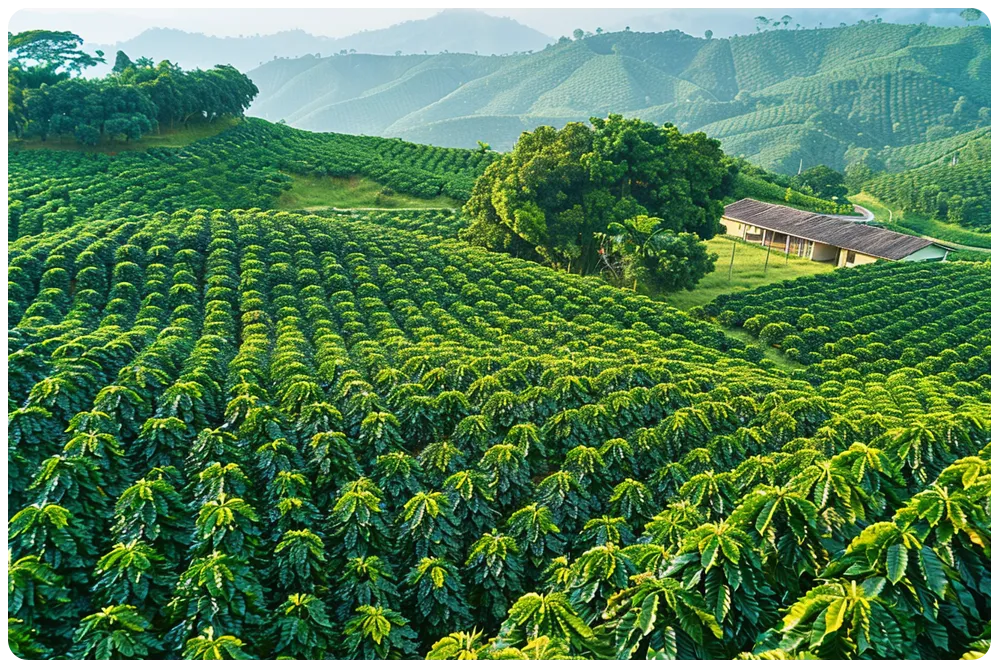
1. How can drones assist with crop harvesting?
How Can Drones Assist with Crop Harvesting?
An agricultural drone, when used innovatively, can resiliently revolutionize the concept of modern-day farming by aiding in crop harvesting. Here, we delineate the multifold ways how a drone intensifies the harvesting process, making it more efficient and productive.1. Detecting Ripe Crops: The drone uses spectral analysis to pinpoint crops that are ripe for harvest. This technology allows farmers to strategize their harvesting schedule precisely and avoid wasting time on immature crops.2. Tracking Illness: Diseases can jeopardize productivity immensely. A drone, however, can reduce this impact. It can diagnose unhealthy plants showing symptoms of illness, and alert farmers to take remedial measures promptly. This can prevent the disease from spreading, sparing the healthy crops.3. Limiting Crop Damage: Unlike conventional machinery, drone commits minimal damage to the crop when scanning the fields. No tracks, no crushed plants – a drone ensures we preserve the crops until the harvest.4. Analyzing Soil Health: After harvest, it’s crucial to analyze the field’s health for preparation for the next cultivating season. Drone technology facilitates this by assessing the soil quality and nutrient content, suggesting appropriate remedies or amendments.5. Gleaning After Harvest: Sometimes, a percentage of crop remains unharvested after the primary harvest. A drone can identify these remnants and direct farmhands or machinery to collect them, optimizing the yield and minimizing wastage.The integration of drone technology into harvesting techniques helps in the sustainability of agricultural practices, leading to higher productivity and lesser crop wastage. Thus, using a drone in agriculture doesn’t only optimize the harvest but also arms farmers with much-needed data about their farm, ushering in the era of precision farming.2. Drones provide efficient crop monitoring
With the advent of technology, agricultural drones have transformed the farming industry. Revolutionizing from the seeding process to harvesting crops, these advanced tools have consistently been a game changer, offering myriad solutions to optimize crop production and enhance farm management.
How Drones Assist in Efficient Crop Monitoring
The silhouette of an agricultural drone hovering over the endless stretch of a green field is becoming an increasingly common sight. One of the most significant uses of drone technology in this sector is effective and efficient crop monitoring. Traditional methods of crop monitoring are steadily being shelved. Why? Because agricultural drones bring numerous benefits to the table.
An agricultural drone facilitates quick and accurate scanning of large farming areas, something traditional approaches cannot achieve. By swiftly flying over the fields, a drone gathers useful data that helps diagnose potential problems and illnesses in crops before they escalate. Advanced imaging technologies allow drones to identify abnormalities in crops, like discolouration or wilting. Early detection of crop illness can essentially help minimize the adverse effects on yield, maintaining robust production levels.
The Harvesting Process and Drones
During harvesting, time is of the essence. Miss the window and the crop can suffer. Drones, with their precision and speed, help streamline this time-sensitive process.Thanks to their advanced software and sensors, drones can assess the readiness of crops for harvest. They guide the efficient deployment of labor and equipment by providing accurate data on which areas are ripe for harvest, thus reducing wastage and increasing crop yield.
Detailed Steps of Drone Assisted Farming:- Seeding: Drones are equipped with special seeding devices that can plant seeds with precision. Not only does this save time, but it also reduces resource consumption.
- Crop Monitoring: Consistent checks on crop health and growth are critical. With thermal sensors and hyperspectral images, drones can detect issues invisible to the naked eye.
- Disease Detection: Drones equipped with spectral sensors can identify diseases and pests, making targeted treatment easy and efficient.
- Harvesting: By providing data on crop readiness, drones help optimize harvesting time. This leads to more efficient labor management and improved yields.
In summary, agricultural drone technology enhances farming efficiency by providing solutions from seeding to harvesting. Embracing drone technology could potentially reshape farm management strategies, paving the way for a more productive future.
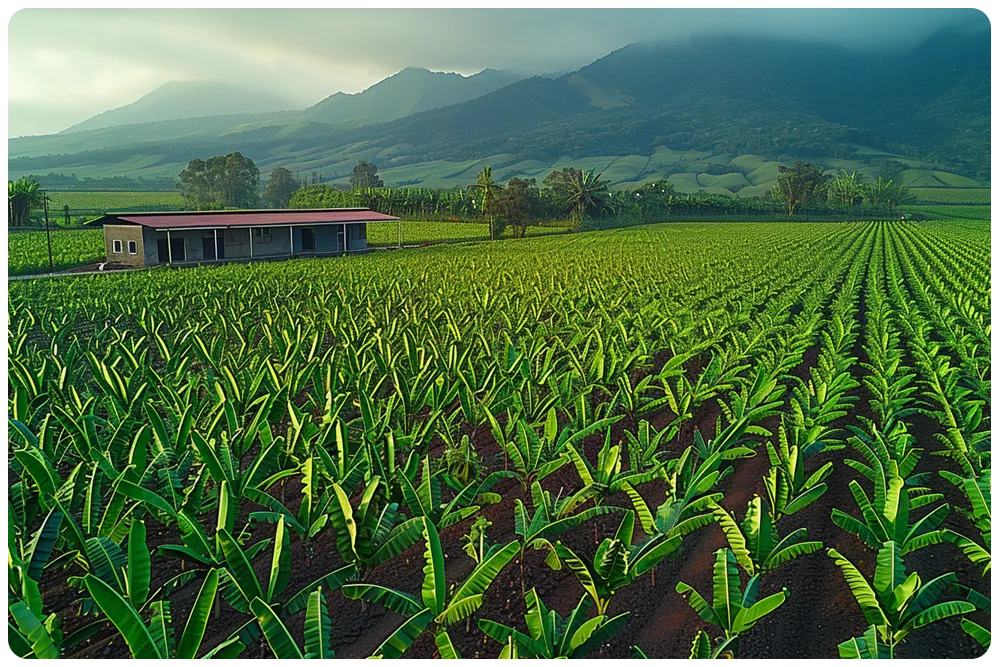
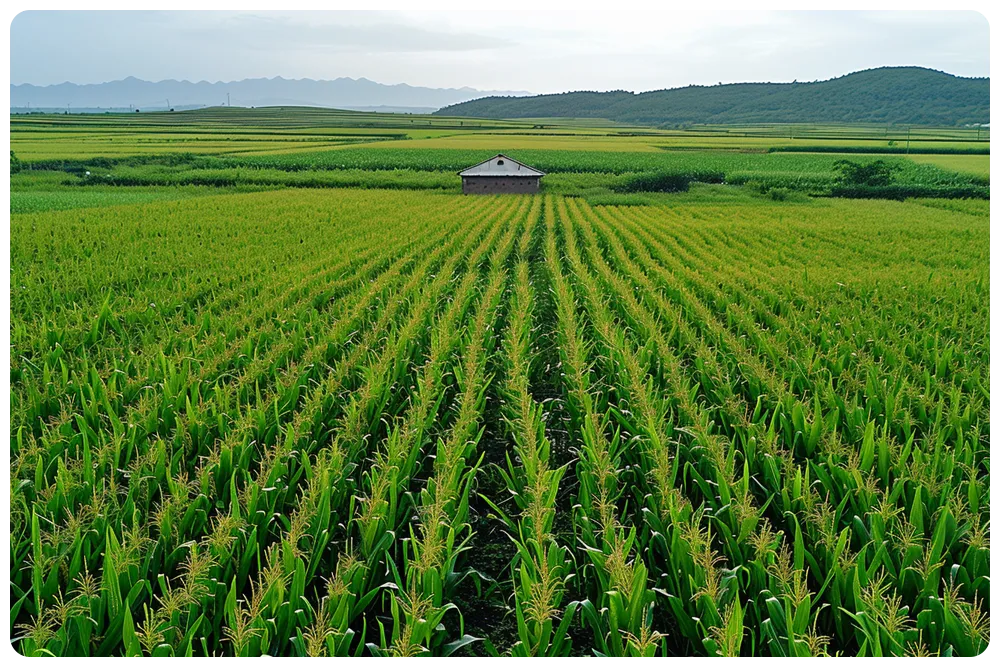
3. Use of drones for precise seeding
The Revolutionary Application of Drones in Precision Seeding and Harvesting
With the advent of technology, modern farming has taken a significant stride towards more efficient and cost-effective practices. One key player in this revolution is the agricultural drone. This advanced tool has evolved from a mere novelty to a critical component in contemporary farming, making an impact across diverse operations – from precise seeding to streamlined harvesting.
Effective Crop Sowing with Drones
Drone technology offers exceptional benefits for precision seeding. Unlike traditional methods, which are labor-intensive and often imprecise, a drone offers meticulous, capacity-driven, and efficient results. With state-of-the-art imaging abilities, a drone can evaluate and map a field, identifying the optimum planting areas. This improves seed placement, contributes to better crop yields, and ultimately increases the overall efficiency of a farming operation.
- High-Precision Seeding: At the heart of a drone’s utility is its capability for precision. Every seed drops at a predetermined location, ensuring optimal utilization of resources.
- Speedy and Efficient: Drones enable faster seeding rates compared to conventional seeding methods. They cover vast acres of land in a minimal time frame.
- Data Collection: Drones collect valuable data, such as soil composition and topography metrics, granting farmers insightful analysis for better farm management.
Agricultural Drones in Crop Monitoring and Harvesting
Aside from seeding, a drone is an instrumental tool in critical stages of farming like crop monitoring and harvesting. It permits early detection of crop diseases, helping to mitigate damage and loss. Towards the end of the growing season, drones provide data to evaluate crop health, maturity, and yield estimation, supporting the planning for a more organized and efficient harvest.
Whether it’s for precise seeding or streamlined harvesting, drone technology equips farmers with an edge that fosters enhanced productivity and cost effectiveness. It’s an innovative solution strengthening the backbone of our agricultural sector.
4. Drones helping in increasing crop yield
Drones: Elevating Crop Yield
The utilization of drone technology in agriculture is revolutionizing farming practices and has dramatically escalated crop yield. This autonomous equipment, empowered with high-grade sensors and imaging capabilities, is opening new vistas in farm management, planting, and harvesting. Let’s delve into how drones are revolutionizing crop production.
Seamless Seeding with Drones
Drones are now an integral part of precision agriculture. Integrated with advanced seeding systems, a drone has the capacity to distribute an exact amount of seeds efficiently, reducing manual labor and increasing the speed of sowing. Not only does this result in a reduced cost of production, but it also maximizes the seed germination potential, thus enhancing the overall crop yield.
Smart Crop Management
Drones have immensely automated farm management by their remote monitoring capabilities. Coupled with multispectral, thermal, and hyper-spectral sensors, a drone maps the entire farm, resulting in the following:
- Early detection of crop illnesses
- Real-time monitoring of crop growth
- Identification of pest and disease infestations
- Monitoring irrigation requirements
- Understanding soil variation across different fields
Such data-driven insights assist farmers in making precise decisions, optimizing resources, and mitigating potential risks, thus significantly augmenting crop productivity.
Efficient Harvesting with Drones
As the harvest season approaches, drones play a central role in forecasting crop-ready fields and ideal harvest times. Equipped with thermal sensing technology, a drone accurately determines the maturity levels of crops, allowing farmers to plan their harvesting activities. Additionally, drones play a critical role in post-harvest assessment, identifying any crop residue left in the fields and ensuring complete harvest efficiency.
By seamlessly integrating drone technology into the farm management, the traditional farming methods transition to intelligent agriculture, ensuring optimum crop yield and enhancing farm productivity.
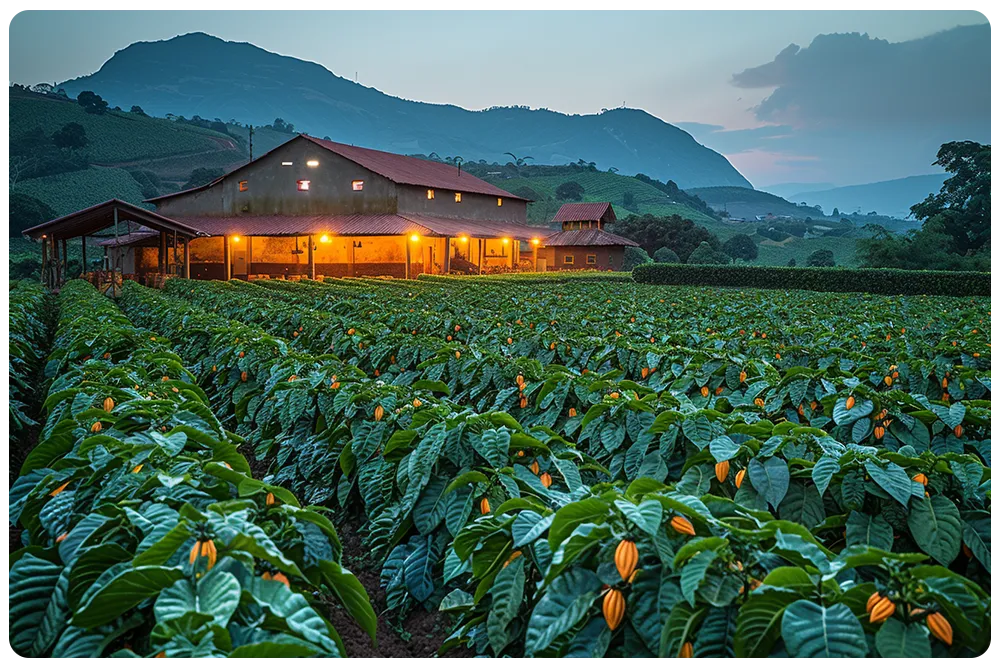

5. Why are drones beneficial in farming services?
Why are Drones Beneficial in Farming Services?
With a commitment to innovative technology, the drone revolutionizes agricultural processes, offering a spectrum of beneficial applications. Drones provide broad-reaching solutions, from optimizing crop production to enhancing farm management practices. Understanding these wide-ranging benefits can amplify your agricultural success.
1. Boosting Crop Production: The drone works as your eye in the sky, meticulously assisting in crop health monitoring. Advanced imaging technology allows it to assess field conditions, pinpointing areas needing attention. It can even launch preventive action against crop diseases, thus mitigating potential damage. This data-driven intervention optimizes fertilizer use, leading to improved crop yields.
2. Streamlined Farm Management: A drone’s ability to cover vast terrains promptly equips you with vital data. From soil condition analysis to determining optimum sowing times, its insights facilitate efficient decision-making. Management practices are thereby streamlined, making your farm more productive.
3. Precision in Seeding and Harvesting:
- Seeding: Drone technology provides precise planting, ensuring seeds uniformly disperse across the farmland. This specificity leads to higher germination rates, promising a fruitful harvest.
- Harvesting: Associated with significant labor costs, harvesting becomes significantly efficient with drone surveillance. Identifying the exact ripening time minimizes crop wastage, maximizing profitability.
4. Disaster Management: Drones aren’t just reserved for sunny days. Their disaster response capabilities from flash floods to sudden pest infestations make them an asset in ensuring agricultural resilience.
In understanding the agricultural drone, we unearth its vast potential. It isn’t just a high-tech tool, but a farmer’s ally in increasing agricultural productivity and profitability, ensuring the food security of our future.
6. Drones offering quick and efficient harvesting
Drones Assisting in Expedient and Productive Harvesting
The rise of drone technology in the agricultural domain has brought a monumental shift in traditional farming practices. Precision agriculture, equipped with drone services, excels in optimizing various farming processes from seeding to harvesting, and notably, harvesting crops has seen great transformations.
Drone intervention in harvesting crops can dramatically enhance crop yields and operational efficiency. Here’s a step-by-step overview of how a drone brings assists in this process:
- Scouting: Detecting when crops are ready for harvest is crucial. Drone equipped with multi-spectral sensors can detect crop maturity with incredible precision. This ensures timely harvesting and prevents crop spoilage or loss.
- Planning: Drone captures bird’s-eye view maps of the field, helping farmers plan harvesting routes efficiently. This expedites the harvesting process,
- Execution: Some advanced drone features can also assist in actual harvesting, especially in orchards and vineyards. They not only save time but reduce the need for intensive manual labor.
By offering advanced monitoring capability and data analysis, drones help to identify crop diseases early on. This proactive approach through drone surveillance allows farmers to apply focused treatments, thereby minimizing damages and protecting the harvest health.
Utilizing drones for harvesting not only streamlines farm management but also positively impacts the overall farm productivity. Implementing this efficient tool in farming practices promises a sustainable and profitable future for the agricultural industry.

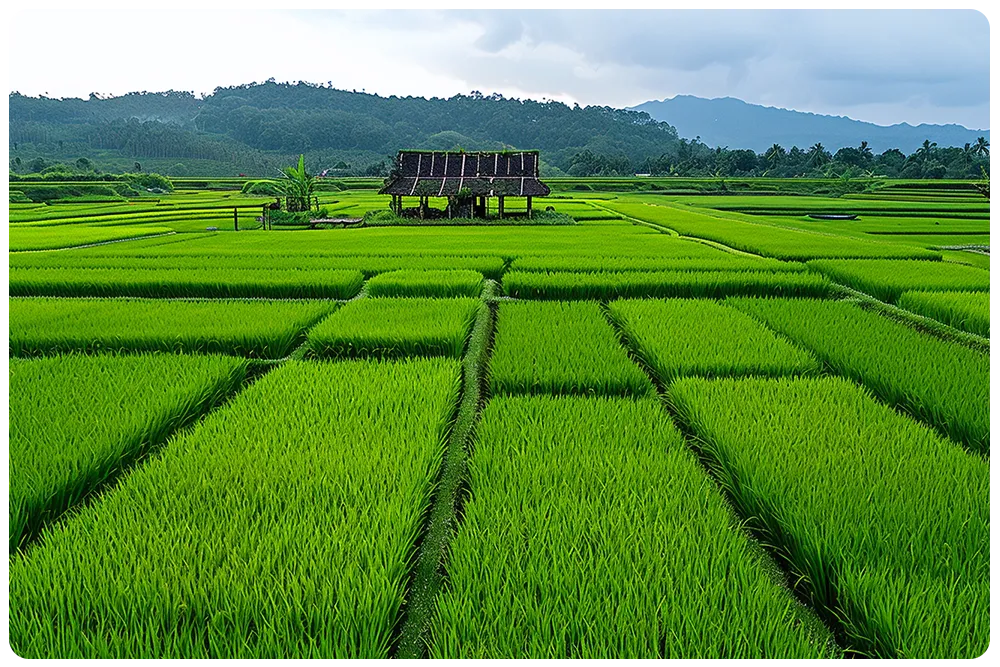
7. Drones contribute to sustainable agriculture practices
Drones Contribute to Sustainable Agriculture Practices
When it comes to sustainable agriculture practices, drones are gradually becoming a prominent tool for farmers across the globe. From precision seeding to optimization in harvesting, an agricultural drone plays an integral part in enhancing farm productivity while reducing extreme impacts on the environment.Primarily, a drone can alleviate the burden of manual labor by carrying out precise seed planting. Specifically, it releases pods with seeds and plant nutrients directly into the soil, minimizing dispersion and waste. Such a method not only boosts seed germination rates but also contributes to the efficient use of resources.
- Plant Health Monitoring: A drone equipped with sophisticated sensors can monitor crop health by capturing infrared or thermal images that reveal various crop diseases before becoming visible to the naked eye. Early detection of these illnesses allows for targeted treatment, reducing the overall pesticide use drastically.
- Precision Irrigation: In areas plagued by water scarcity, a drone provides vital insights into field variation, allowing farmers to measure the moisture content and thus apply irrigation where necessary. This targeted watering practice maximizes yield while conserving water.
- Crop Scouting: Agricultural drones can cover large areas quickly, providing valuable data on crop development, invasive weed identification, or pest infestation. Such timely data supports critical decision-making, contributing to overall farm efficiency and productivity.
In the harvesting phase, a drone can map an entire field, identifying the mature crops ready for harvest, and offering accurate yield prediction. Such real-time information guides farmers in planning their harvesting process effectively, thus minimizing crop loss and maximizing productivity.
Despite the benefits, it is important to note that utilizing a drone depends largely on the individual farm’s size, type, and management requirements. However, it’s evident that the diverse potential applications of a drone can contribute substantially to sustainable agriculture practices worldwide.